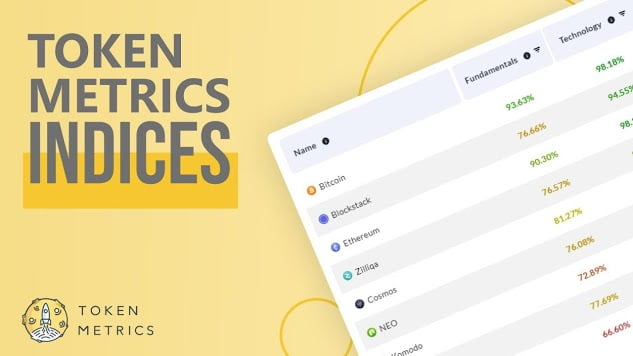
[ad_1]
The Bitcoin price successfully defended the $28,000 support on May 2, but it has yet to prove the strength needed to reclaim the $29,200 level from April 30.
$30K becomes crucial for Bitcoin bulls
Some analysts will pin the recent downtrend on the expectation of an interest rate increase by the United States Federal Reserve on May 3, but in reality, the market is pricing 92% odds of a modest 25-basis-point increase to its highest level since September 2007.
$DXY up/#Bitcoin down on yesterdays PMI data release.
Market is now pricing in a very high probability of 25bps raise at tomorrows #FOMC.
This is likely mostly priced in for BTC, but the comments afterwards (more rates/pause) will likely bring the volatility. https://t.co/H5qtGpd8gA pic.twitter.com/BmdsNRtb1f
— Decentrader (@decentrader) May 2, 2023
As the market intelligence platform Decentrader pointed out, the comments from Fed chairman Jerome Powell are more likely to bring surprise elements, either pointing to further measures to slow down the economy or signaling higher odds of the terminal interest rate being close to 5%. Powell is set to hold a press conference at 2:30 pm Eastern Time.
From an employment perspective, the central bank has reason to believe that the market continues to be overheated. The U.S. government reported 1.6 job openings for every unemployed worker in March. Moreover, according to the “ADP National Employment Report” released on May 3, private payrolls increased by 296,000 jobs in April, well above the 148,000 market consensus.
However, raising interest rates has negative consequences for families and small businesses in particular. Financing and mortgages become more costly, while investing in fixed income becomes more attractive. Such an undesired effect of curbing inflation could further shake the core of the financial system as shown by the latest bank failure, this time of First Republic Bank.
Therefore, an eventual Bitcoin (BTC) price breakthrough above $30,000 could be a definitive sign of investors’ perception shifting from seeing Bitcoin as a risk asset to a scarce digital asset that directly benefits from a weaker traditional banking system.
But to gauge whether Bitcoin’s resilience above $28,000 is sustainable, an investor must analyze if excessive leverage has been used by buyers and whether professional traders are pricing higher odds of a market downturn using BTC derivatives.
Bitcoin futures show low demand from leverage buyers
Bitcoin quarterly futures are popular among whales and arbitrage desks. However, these fixed-month contracts typically trade at a slight premium to spot markets, indicating that sellers are asking for more money to delay settlement.
As a result, futures contracts in healthy markets should trade at a 5 to 10% annualized premium — a situation known as contango, which is not unique to crypto markets.

The data suggests Bitcoin traders have been extra cautious over the past couple of weeks. Even as the BTC price flirted with $30,000 on April 26, there were no signs of demand for leveraged longs.
Related: Balaji pays out his crazy $1M Bitcoin bet, 97% under price target
Moreover, the Bitcoin futures premium has stagnated near 2% since April 23, suggesting that buyers are unwilling to use leverage, which is healthy for the market. By avoiding futures contract exposure, it greatly reduces the risk of large liquidations during negative Bitcoin price moves.
Bitcoin options traders remain neutral
The Bitcoin options market can also help a trader understand whether a recent correction has caused investors to become more optimistic. The 25% delta skew is a telling sign when arbitrage desks and market makers overcharge for upside or downside protection.
In short, if traders anticipate a Bitcoin price drop, the skew metric will rise above 7%, and phases of excitement tend to have a negative 7% skew.

The option delta’s 25% skew has shown balanced demand between call and put options for the past four weeks. That should come as a surprise given that the Bitcoin price rallied 10% between April 25 and April 30, when it last tested the $30,000 resistance.
Consequently, Bitcoin options and futures markets suggest that professional traders are not placing their chips on the BTC price breaking above $30,000 anytime soon. On the other hand, those whales are pricing in similar odds of surprise positive and negative moves.
Ultimately, given that the Fed clearly has a limit to raising interest rates without causing a recession, Bitcoin’s price should be positively impacted, regardless of the decision on May 3.
Fed chair Powell will ultimately force the U.S. Treasury to inject more money into the economy to contain the banking crisis, which will be beneficial for a scarce asset such as Bitcoin.
This article does not contain investment advice or recommendations. Every investment and trading move involves risk, and readers should conduct their own research when making a decision.
[ad_2]
Source link




